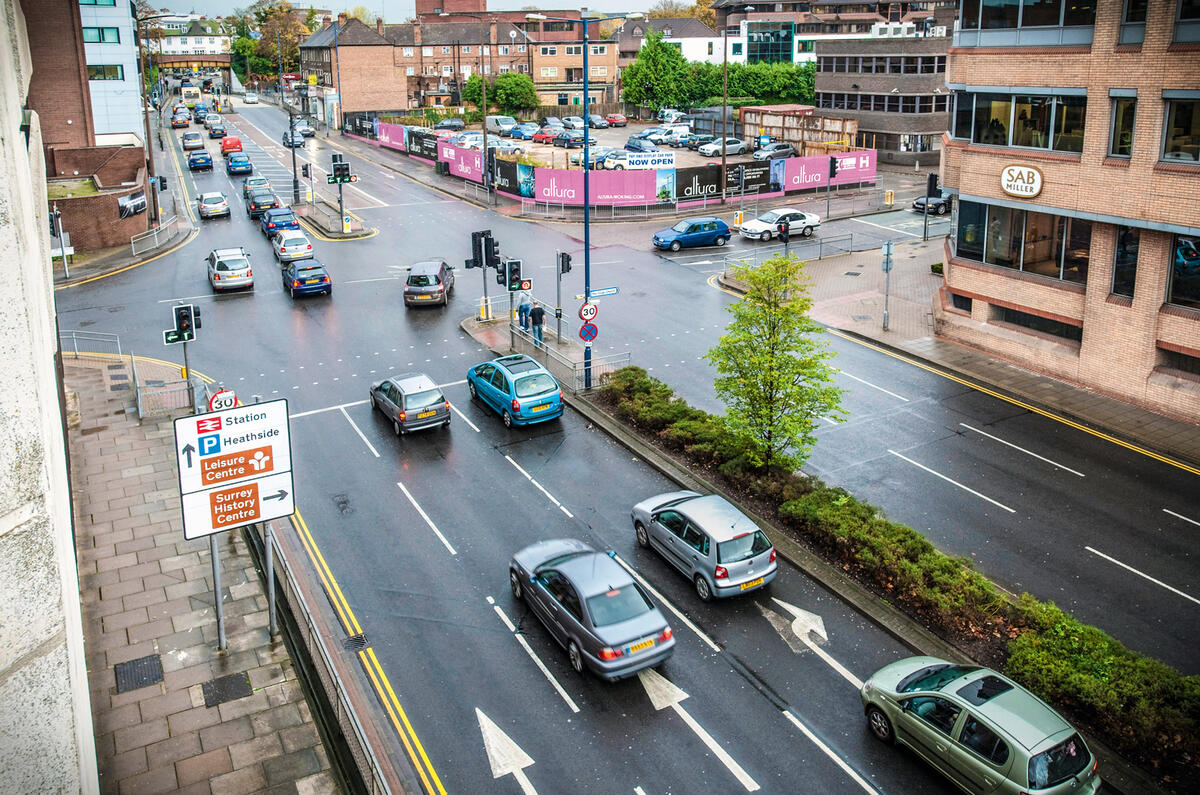

Of special concern are nighttime incidents involving lane closures. Most of these secondary incidents are minor (vehicles overheating or running out of fuel), but some are severe, resulting in deaths or serious injuries. That is, they happened as the result of previous incidents. Nonrecurring events, such as incidents, weather, work zones, and special events, cause more than half of all traffic congestion, according to the FHWA Office of Operations.Īpproximately 20 percent of all incidents are secondary in nature. Concern for on-scene safety leads public safety officers to close all lanes or at least some additional lanes not affected by an incident to provide a safety buffer. In 1997, nearly 40 percent of all law enforcement officers who perished in the line of duty died in traffic. Traffic congestion is the most obvious result of an incident, but responders are justifiably concerned for their own safety and those involved in the crash, especially on limited access high-speed freeways. With more than 200 responders from dozens of agencies involved in the I-95 example, the Maryland State Highway Administration attributes the speedy response to established relationships and a TIM program. "In other words, it depends on effective traffic incident management." The importance of establishing a traffic incident management (TIM) program with transportation and public safety agencies and others cannot be overemphasized. "Clearing incidents safely and quickly depends on developing coordinated multiagency operations that are supported by integrated communications," says Captain Henry de Vries, New York State Police. At the same time, it is critical to provide traffic control by moving motorists through the scene and providing approaching motorists with information to make informed decisions about travel in the affected area or areas.

The number of individual responders and organizations represented increases dramatically with the severity and complexity of an incident.įor most incident responders, the top priority is to rescue and remove any injured people, protect responders and the scene, minimize environmental damage, and investigate the incident quickly and thoroughly. By 3:35 the next morning, all lanes were opened in both directions for the morning peak period.Īlthough the I-95 crash is not typical of the many thousands that occur daily on the Nation's highway system, it illustrates that incidents can involve multiple responders from a variety of organizations with different responsibilities and priorities. About 4 hours after the incident occurred, two of the four southbound lanes were reopened to traffic. Two other vehicles also were involved in the crash.ĭuring the nearly 13-hour course of the incident and the following investigation and cleanup, more than 200 responders from over a dozen agencies and private sector companies were involved onsite, and many more were involved offsite in managing the traffic flow and providing traveler information. The tanker hit another truck on I-95 below and burst into flames. The tractor trailer climbed the concrete barrier and plunged down onto the northbound lanes of I-95. on January 13, 2004, a tanker truck loaded with about 30,000 liters (8,000 gallons) of gasoline went out of control on a curved elevated ramp carrying Interstate 895 over Interstate 95 in Maryland. The cleanup of such events can be both costly and time-consuming. (Above) Incidents like this tractor-trailer spill may involve relatively benign materials, like the trash shown here, or hazardous materials such as gas or chemicals. Clearing incidents safely and quickly requires an effective traffic incident management program 24 hours a day, 7 days a week.


 0 kommentar(er)
0 kommentar(er)
